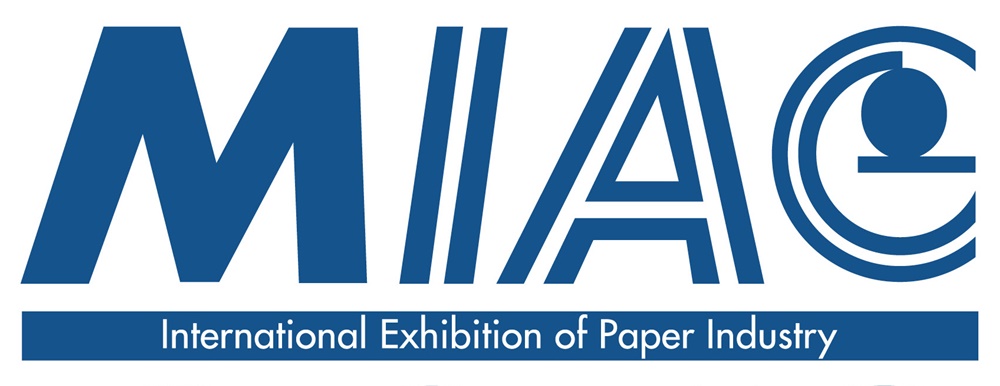NEWS
New mill will turn E. Washington wheat straw from waste to resource
According to the Seattle Times, this "Expensive project could be “a very big deal” in terms of economic impact in sparsely populated Columbia County, where nearby farms generate 4 million tons of unused wheat straw annually."
Amid the rolling wheat fields of the Palouse, construction is expected to start next month on something not seen in Washington state in years: a new pulp mill.
But this $184 million project in Southeast Washington is unlike the old-fashioned mills that “cooked” lumber waste and tree chips into a pulp used for making all kinds of things, from paper bags to screwdriver handles.
Instead, Columbia Pulp’s mill on the Snake River will use a new technology that pulls cellulose out of the abundant straw left over from wheat and alfalfa harvests.
“Man has always used straw to make fiber, to make pulp,” said John Begley, Columbia Pulp CEO. “It’s not a revolutionary idea.”
What’s new is the company’s pulp-making process, which was developed by Renton-based Sustainable Fiber Technologies from research that started at the University of Washington.
“The use of straw is not new, but the way that we are converting it is,” Begley said.
With its new mill, Columbia Pulp is embarking on a scaled-up, multimillion-dollar field test of a technology that uses less energy and none of the smelly chemicals of legacy pulp-and-paper mills.
The company’s facility also shows promise in making a market for the enormous amount of straw that harvesting leaves behind. Farmers may soon have the option of selling their waste straw instead of plowing it into the ground or burning it.
“It opens up a lot of markets that weren’t there before,” said Kurt Haunreiter, manager of the Paper and Bioresource Science Center at the University of Washington.
Haunreiter doubts that straw will completely displace wood as the preferred ingredient for pulp because wood has advantages. Trees can be harvested year-round, yielding wood chips that have a long shelf life and inherently strong fiber.
Still, Haunreiter said of Columbia Pulp’s mill: “I think you’ll see more and more of these pop up.”
The mill in rural Columbia County has been years in the making. One of the company’s representatives first contacted the Dayton Chamber of Commerce about 11 years ago.
The company spent years finding a site, designing the mill, getting permits and financing the project. Last fall a bond sale to raise money for the project was postponed because of a weak bond market, prompting some skeptics in town to dub the project “pulp fiction.”
Financing for the mill fell into place this month, however. Goldman Sachs this past week completed the sale of $133.6 million in tax-exempt bonds issued by the Washington Economic Development Finance Authority.
Columbia Pulp will use its revenue to pay off the 15-year bonds, with bond investors earning 7.5 percent. The company expects to have $111 million in gross revenue during the mill’s first full year of operation in 2019, according to the bond-offering document.
The company raised an additional $54 million by selling shares in a private placement. Columbia Ventures, a private equity firm in Vancouver, Wash., invested $36 million.
The project represents a significant investment in Columbia County, a rural area dominated by farms, forests and rangeland northeast of Walla Walla.
An estimated 1,687 people held jobs in the county in June, according to the state Employment Security Department.
Columbia Pulp expects to employ about 90 people at the mill after it becomes operational in late 2018, potentially increasing the county’s job rolls by 5 percent. The mill’s annual payroll is expected to be about $9 million.
The jobs and the larger tax base will be welcome, said Jennie Dickinson, manager of the Port of Columbia in Dayton, the county seat.
“We just don’t have a lot of manufacturing, other than agriculture,” she said. “So it’s a very big deal.”
The June unemployment rate in Columbia County was 4.7 percent. But the county is considered a “distressed area” because the three-year average jobless rate was 6.9 percent at the end of last year.
Columbia Pulp has arranged to buy 449 acres on the Snake River at Lyons Ferry from Bar Z Ranch, a family farming operation that has owned the property for decades. The company will build its mill on 40 acres and manage the rest as buffer.
Few people live in the area. The nearest incorporated town is Starbuck, with an estimated population of 130.
Company executives were initially worried about their employees’ commutes to the mill, said Begley, the CEO. They are less concerned now, in part because many Seattle workers have commutes that are just as long, if not longer, he said.
The site is also served by a state highway, a railroad, a natural-gas line and the Snake River, which supports barge traffic.
Notably, Columbia Pulp’s location is in the middle of wheat country. Wheat farmers within 100 miles of the site generate about 4 million tons of straw annually, Begley said. He expects the mill to buy about 240,000 tons a year.
Columbia Pulp also expects to buy straw from Walla Walla farmers who grow alfalfa for seeds.
The mill could at least partly address the long-running problem of what to do with all of the leftover straw. Farmers have few options: They can leave the straw and plant amid the stubble, plow it under or burn it.
Dickinson, the port manager, believes a market for waste straw will reduce field burning.
“This is a wonderful opportunity to take a leftover product and put it to use,” she said.
Columbia Pulp plans to separate the cellulose from the straw and sell the pulp in bales to other manufacturers that make such things as paper towels and tissues.
The company’s pulp also could be suitable for making molded-fiber items, such as recyclable food containers.
Meanwhile, the carbohydrates and lignin from the straw form a syrup, much like molasses, that can be used for fertilizer and even dust control.
Columbia Pulp says it is lining up customers. Begley said the company has letters of interest from “a significant number of end users,” mostly in the Northwest. He declined to identify them.
Washington’s pulp-and-paper industry is older than the state itself. According to the state Department of Ecology, parts of the Georgia-Pacific mill in Camas date back to 1883, when Washington was still a territory.
But many pulp-and-paper mills have closed in recent decades. The last large mill to open was Ponderay Newsprint, in the town of Usk, north of Spokane, in 1989.
— George Erb







